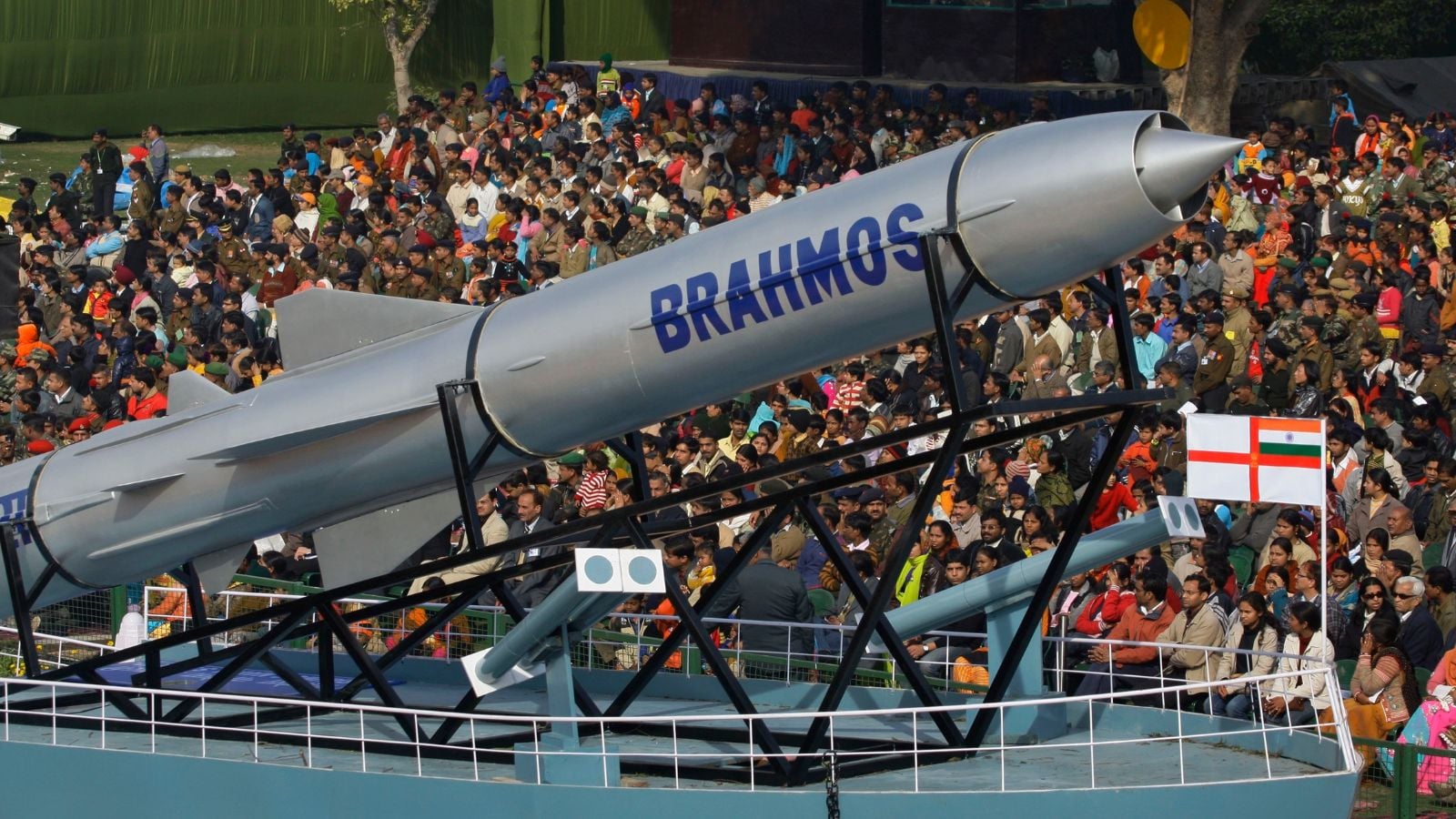ARTICLE AD BOX
Last Updated:August 12, 2025, 18:14 IST
While Mumbai scores high on economics and has a lower crime rate, it remains India’s most expensive city in terms of real estate.

Delhi NCR is one of the largest urban agglomerations in the world. (Photo Credit: X)
Delhi NCR (National Capital Region) and Mumbai Metropolitan Region (MMR) are two metropolises that drive the economy and politics in India. Though they are often compared, they are vastly different in structure, spread, and strategy. Both regions fuel the country’s financial momentum, yet there are several differences in the real estate profiles of NCR and MMR that are as distinct as the cities themselves.
While Mumbai scores high on strong economics, pollution readings and a lower crime rate, it remains India’s most expensive city in terms of real estate. Delhi, on the other hand, has better infrastructure and ample land availability for further expansion.
To compare and contrast the liveability quotient of NCR and MMR, here’s a breakdown of how the National Capital Region (NCR) and Mumbai Metropolitan Region (MMR) compare on key parameters.
Geographical Spread: NCR Is One Of The Largest Urban Agglomerations
The Delhi-NCR is a sprawling region that includes not just the capital city of Delhi but also parts of Haryana (Gurugram, Faridabad), Uttar Pradesh (Noida, Ghaziabad), and Rajasthan (Alwar). It covers over 55,000 sq km, making it one of the largest urban agglomerations in the world.
The Mumbai Metropolitan Region, on the other hand, is geographically constrained. Bordered by the Arabian Sea, it includes Greater Mumbai, Thane, Navi Mumbai, Kalyan-Dombivli, Ulhasnagar, Bhiwandi-Nizamapur, Vasai-Virar, Mira-Bhayandar and Panvel. It also has more than 1,000 villages in Thane, Raigad and Palghar Districts. The total spread is around 6,300 sq km, and land scarcity is a defining challenge.
Governing Authorities: Fragmented vs Centralised
The Delhi NCR and Mumbai Metropolitan Region (MMR) have distinct governing structures. Delhi NCR, encompassing Delhi and surrounding areas, is administered through a mix of central and state-level governance, with the National Capital Territory (NCT) Government coordinating development. However, day-to-day governance is fragmented across multiple state governments, leading to overlapping jurisdictions and occasional policy clashes.
MMR, meanwhile, is overseen by the Mumbai Metropolitan Region Development Authority (MMRDA) under the Maharashtra government. With a single state authority, Mumbai often benefits from quicker decision-making and coordinated infrastructure rollouts.
Economic Activities
Delhi-NCR is a hub for government institutions, IT, real estate, businesses, public administration, agriculture, education, and manufacturing. Cities like Gurugram and Noida are tech and corporate powerhouses, while Delhi itself is home to major policy-making bodies and public sector enterprises.
Mumbai-MMR is India’s financial capital, hosting the Reserve Bank of India, the Bombay Stock Exchange, SEBI, and the headquarters of numerous banking and financial sectors. It is also the heart of Bollywood, shipping, media, and advertising, making it a cultural as well as economic powerhouse.
In a nutshell, both cities power ahead in terms of economic activity, but MMR scores higher by virtue of being a traditional financial centre.
Infrastructure
Both NCR and MMR have heavily invested in metro rail projects, airports, and motorways. But Delhi trumps Mumbai due to NCR’s vast land, which has allowed multiple expressways and a rapidly growing inter-city metro network over the last few years.
The daily commute has become way easier for citizens via wide roads such as the Noida-Greater Noida Expressway, Yamuna Expressway and the Delhi-Meerut Expressway.
MMR, due to its land and sea constraints, has patchy infrastructure growth. Traffic snarls and congestion are commonplace, as Mumbai’s road network is unable to accommodate its burgeoning vehicular traffic. While millions still depend largely on the suburban railway network, the monorail and metro still cover only a small section of the city.
Real Estate and Land Use
When it comes to real estate development, NCR has a clear edge in land availability, allowing for large-scale housing projects across satellite cities. In contrast, MMR’s land scarcity and high population density have driven up property prices and limited space for expansion.
Affordable housing remains a persistent issue in Mumbai, despite government interventions. Both cities have witnessed a sharp decline in the number of new housing launches. Interestingly, MMR saw the least decline amongst all the top 7 cities at 6 per cent every year, while NCR recorded a 13 per cent annual decline.
A team of writers at News18.com bring you stories on what’s creating the buzz on the Internet while exploring science, cricket, tech, gender, Bollywood, and culture.
A team of writers at News18.com bring you stories on what’s creating the buzz on the Internet while exploring science, cricket, tech, gender, Bollywood, and culture.
- Location :
Delhi, India, India
- First Published:
August 12, 2025, 18:14 IST
News india Delhi NCR vs Mumbai MMR Indian Economic Hubs Simplified Similarities Differences
Disclaimer: Comments reflect users’ views, not News18’s. Please keep discussions respectful and constructive. Abusive, defamatory, or illegal comments will be removed. News18 may disable any comment at its discretion. By posting, you agree to our Terms of Use and Privacy Policy.
Read More



.png)
.png)
.png)
















 6 days ago
10
6 days ago
10







 English (US) ·
English (US) ·